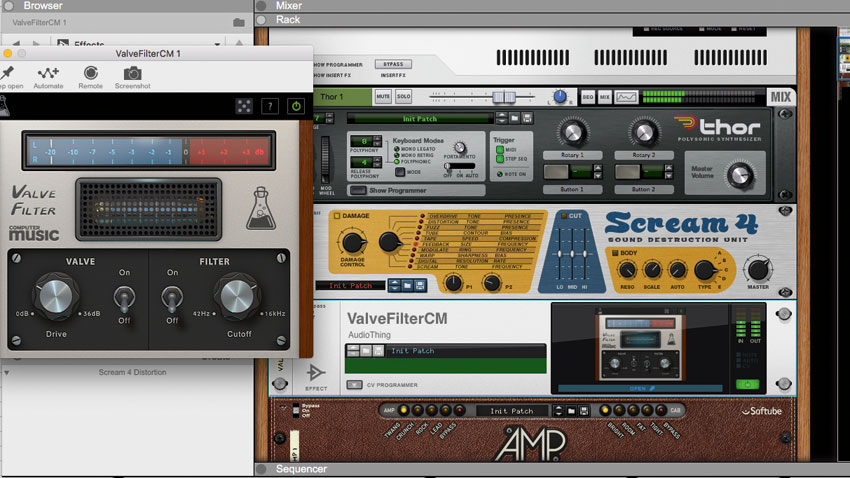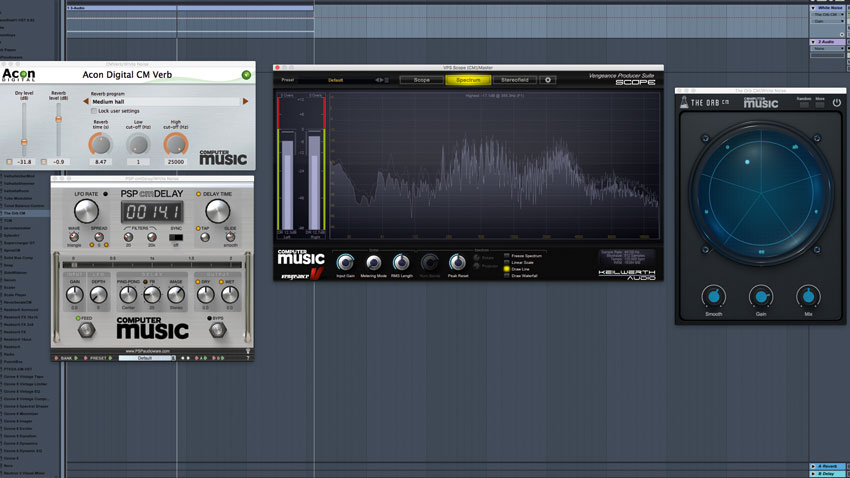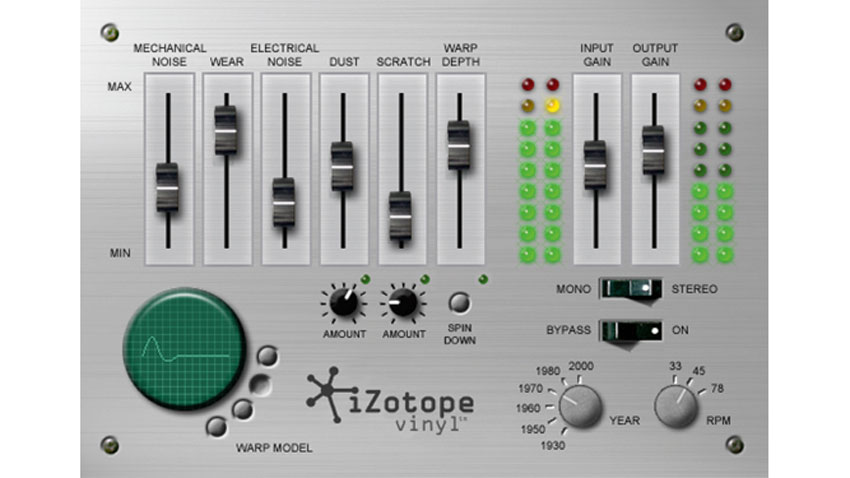10 creative music-making challenges: are you brave enough to take them on?
We all have those moments when the ideas just seem to have dried up. Next time it happens to you, try some of these…

When writer’s block has taken hold and inspiration just won’t strike, it’s time to try something different. Here are ten ‘production games’ that will get the juices flowing and help you hone your skills
For more creative boosters, grab the June edition of Computer Music.
1. Quick as you can
We can spend far too long agonising over decisions. The longer we think about a manoeuvre, the more likely we are to get ‘paralysis by analysis’.
This is just human behaviour, but it’s certainly not rational. It’s the 21st century, and a digital project can always be changed. Maybe you can’t find the perfect snare now, but that’s no reason to derail your entire track for 20 minutes!
The challenge is: when loading a project, get every element you’ll likely use - drums, bass patch, lead patch, vocal and anything else - down in the first ten minutes. Make your decisions quickly and focus on getting everything ‘on the page’. This way, you can move forward immediately and replace any duds later on.

2. One genre to the tune of another
Are you an ardent sample pack aficionado? If you’ve spent hours trawling through soundware libraries like we have, you’ll realise just how blurred the lines can be between the sonic building blocks of two genres. Maybe you’re making tech house tunes, but does that mean you absolutely need to use tech house sample packs? Instead, try a pack from a completely different genre and see how it changes the music you make. Use your production skills to bring the sonics more into line with your chosen genre and you’ll likely find that the result is a more flavoursome piece of music.
3. Rendered useful
You’re the ultimate computer musician - a piano-roll hero wielding a mouse and a MIDI keyboard… but that can get old fast. Take a track you’ve been working on, save a new version and render every single element out to audio. Take out your razor (the tool in your DAW, we mean), and start hacking up the audio, timestretching it, pitchshifting it, and loading it into samplers. Not only will this give you a completely different perspective on your existing track, it’ll also give you a different way of working and force you to commit to what you’ve made so far.
Want all the hottest music and gear news, reviews, deals, features and more, direct to your inbox? Sign up here.

4. A tangent of sines
Sine waves are the atoms of sound. For a practical challenge, make everything from one source sine signal. Pitch it, distort it to add harmonics, stick it through ring and frequency modulation to mix it with other versions of itself, and you really can synthesise every element of a track from scratch.
5. Channel synth
Most synths follow a somewhat standard signal path, so it’s not hard to build your own using effects plugins. After setting up oscillators and envelopes from a synth itself, grab filter plugins to replace onboard filters, auto-filters to replace filter mod routings, and stack up effects. More advanced envelope formulas are also possible using sidechaining techniques.
6. Back-to-front track builder
Turn your next track on its head. Instead of starting with the intro, start with the outro, and build back from there. Bar 1 should still be Bar 1, and Bar 119 should still be Bar 119 - just create the last parts first and the first parts last. Craft a breakdown next - in a track this ‘harks back’ to what came before, but in your reversal, it’ll give you inspiration for what to program later on - or is that ‘earlier on’? Fashion high-intensity drops, then create build-ups by taking things away. Once you’re getting to the start, you can easily place aural ‘hints’ at what’s to come… because you’ve already created it!
This back-to-front way of working makes you really think about what the different sections of tracks are made for, and what should occur when.

7. Cut from the noise
The brain is always looking for patterns. Have you ever listened deep into a loud, wideband sound - a vacuum cleaner or ocean waves, for example - and found your brain picking out a tune? Set a similar sound up in your DAW (eg, modulated filtered noise), then shut your eyes and try to pick out a tune.
Even better, set up a sidechain EQ on the noise signal to make sure the ‘notes’ you heard in the noise are dipped whenever you play them on an instrument.
8. Going with the grain
Load a drum loop into a granular synth or sampler, then duplicate the track in your project several times. The loop should be interesting enough to contain a wide range of varied textures. Scan through and find them all - sustained tonal parts, transient hits, weird reverberant tails… the list goes on.
With your different sounds loaded on different channels, it’s time to use them to construct a whole new piece of music. Repitch, add effects, use your instrument’s controls and muster all your production might to squeeze everything you can from this one sound source.

9. The effects are starting to show
Who needs instruments to make sounds happen? Even effects plugins can generate their own sounds from nowhere. A self-resonating filter can be used as an oscillator. Push up the resonance and use the drive or saturation parameters in your particular plugin, if it has them. Sweep the filter frequency with whatever’s available - whether the filter has LFO or envelope control, or can follow notes using keytracking, there’ll be a way to get a tune out of it.
Similarly, analogue-aping effects like AudioThing Vinyl Strip and iZotope Vinyl generate their own sounds, too. Push their signals up with some gain to hear them more readily, and turn the noise into tones - stretch, pitch, add reverb, and use unison processing and granular resampling to tweak these sounds into something new. Next, get sculpting and take bits away. Using filters (eg, comb filtering), you can chip away at a sound and refine it into something completely unique, ready to slot into a track. Try out some modulation effects along the way to get things moving.
10. The placeholder loop strategy
Here’s one for when you simply can’t come up with something new. Grab a full song - yep, something released by an established artist or band - and loop the whole thing or just one section up in your project. Warp it to a new tempo if you see fit. Next, starting adding elements and building around the existing song. Double up on certain key sounds - such as the kick and snare - by layering your own alternatives over the original track’s parts.
When you’re ready, mute the original track. What’s left should be a completely different loop. Now you can think about what’s missing, and take your fully unique, copyright-free loop off in its own direction. Just make sure you delete that original ‘scaffolding’ from the project before you get to the end!
Computer Music magazine is the world’s best selling publication dedicated solely to making great music with your Mac or PC computer. Each issue it brings its lucky readers the best in cutting-edge tutorials, need-to-know, expert software reviews and even all the tools you actually need to make great music today, courtesy of our legendary CM Plugin Suite.
